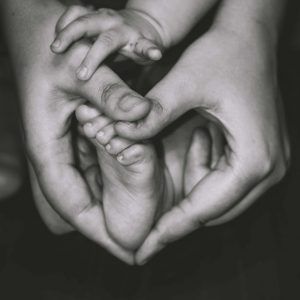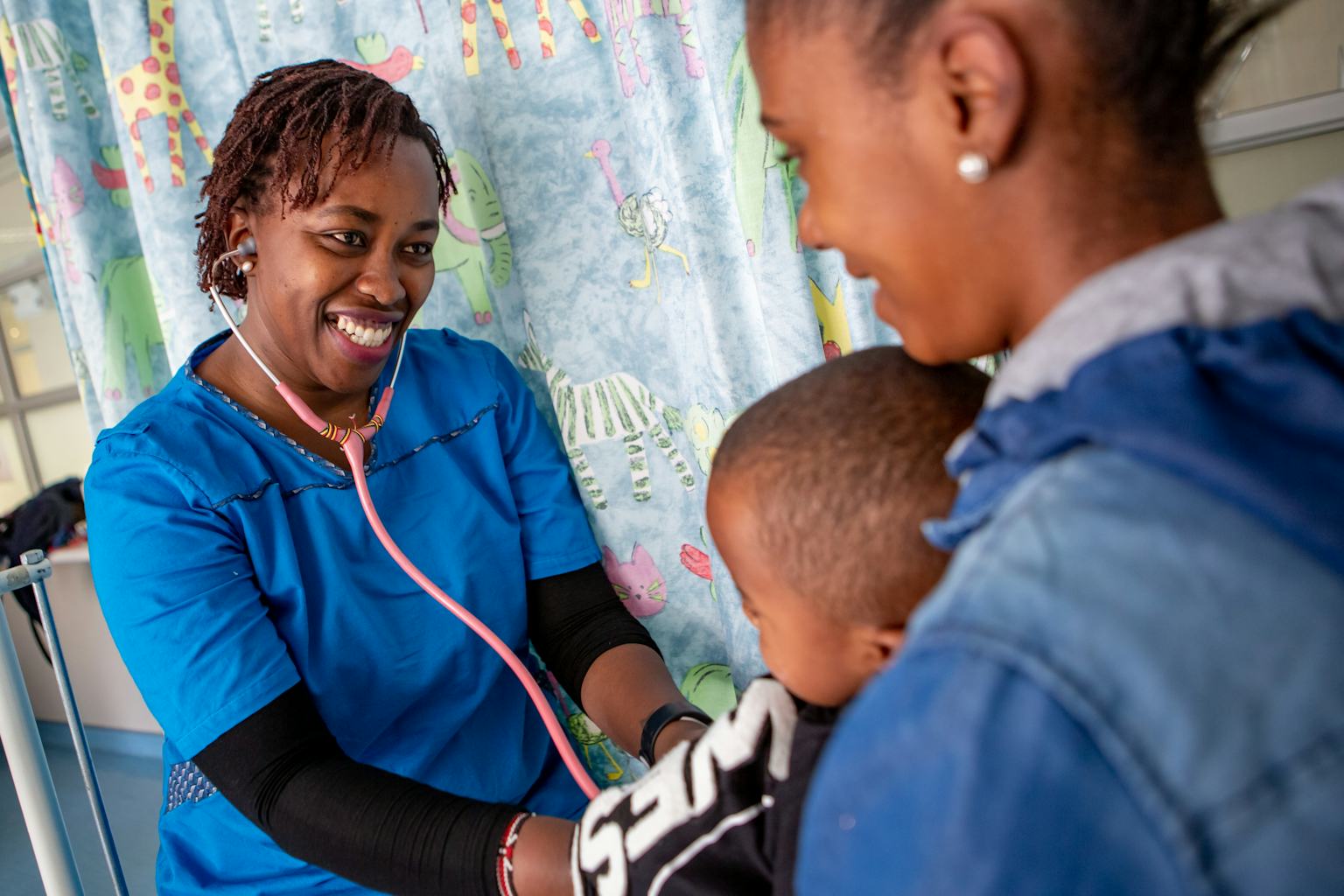I don’t know about other women, but the inability to sleep was something I faced hugely when I was in the second and third trimesters of my pregnancy. Unable to find any solution, I would run to Facebook groups dubbed pregnant and breastfeeding mums, new mums, nursing mothers, etc. just to have an idea of what was awaiting me. More often than not, I ran into posts and replies where strangers were exchanging words claiming vaginal birth is the hardest birth and that C-Section mums had an easy way out. Some even went ahead to call the former normal while others claimed the latter was for weak people.
So I asked God to deliver my child the “normal” way so that if I ever found myself in a group of women, they wouldn’t refer to me as weak. But when nine months elapsed my wishes failed to come to pass—I had to have an emergency cesarean section. You see, when you have gone through half a day worth of agonizing labor pains, watched your cervix refuse to dilate past 9cm putting two lives in jeopardy, the last thing on your mind is what other women will think of how you brought your child to the world. All you can do is sign the consent form and pray that you make it out alive, both of you!
Being in the labour ward presented me the opportunity to witness vaginal birth which is an uphill battle nevertheless but takes less than 10 minutes. For C-Section, on the other hand, both you and the theatre have to be prepped, followed by an hour procedure after which you will be taken to a recovery room and it is only when the anesthesia starts to wear off that you realize the depths physical pain can lower you to. You will wish to hold your new bundle of joy but your body won’t let you. Your left arm will be numb from all the drips they give you and the other will feel even heavier from the machines monitoring your heart rate and blood pressure still attached to it. It gets worse, with everything going on, your responsibilities won’t be on a break, you have to keep breastfeeding your young one on empty nipples because your breasts are yet to be informed that the baby is out and needs food.
Fast forward to the point of getting discharged, you will wonder if it is legal to send someone who is in so much pain home. Then you will wonder if you will ever make it past the first week. But you will tell yourself that you aren’t the first to be in that situation. So you will fight. You will fight the urge to pee because the walk to the toilet is suffused with pain. You will fight tears because your child will experience colic and you won’t have the strength to carry them and pace around the room telling them sweet nothings. You will wish you wouldn’t have to take a dump because of the time you will spend in the toilet hoping the process doesn’t rapture your wound open. You will want to give up, but you won’t—because like all battles; it will end, and you will emerge victorious.
And years down the line, your child will be happy and healthy and you will celebrate that day that brought you so much pain. And it would not matter if you pushed them out of your vagina or if they cut your stomach open to get them out because your first prayer might not have been answered but the second was, you both made it out alive!
Mental and physical scars that succeed Cesarean surgery
Most women wish they could have a smooth, uncomplicated, vaginal delivery. If only wishes were horses…
This has led to a global rise in C-Section. Despite the prevalence of this procedure, misconceptions still abound. There are two types of C-sections; emergency and elective. The difference is that one is planned and scheduled ahead of time while the other is not. The procedure is by and large safe and more women are opting for it to avoid going into natural labour.
Whether you opt for the surgery because of obesity or high blood pressure, or you are above 35 or you want to reduce the chances of long-term pelvic floor and incontinence issues, it is still major abdominal surgery with risks and lasting physical and emotional trauma for those who go through it. Statistics have shown that women who undergo C-sections are more likely to develop medical issues such as sepsis, postnatal infections, uterine ruptures, and hysterectomies. A new study also revealed that first-time mothers who give birth via C-section are 15% more likely to experience postnatal depression.
Sadly, rarely do you see C-sections portrayed on TV despite their commonality and very little has been done to normalize conversations around it. Add that to the myths about C-sections–that one of the causes is a lack of exercise or water being broken early—and add to that the low self-esteem from the scar and recovery that takes months and sometimes years to be achieved.
A C-section scar is a lot of things; a powerful piece of evidence, a normal procedure, a reminder of a story of having lived through a traumatic event, or a beautiful marker of a new life. What it isn’t, though, is a sign of weakness!
Also Read: Sahara Abdi Speaks on Her Journey Raising a Neurodiverse Child





